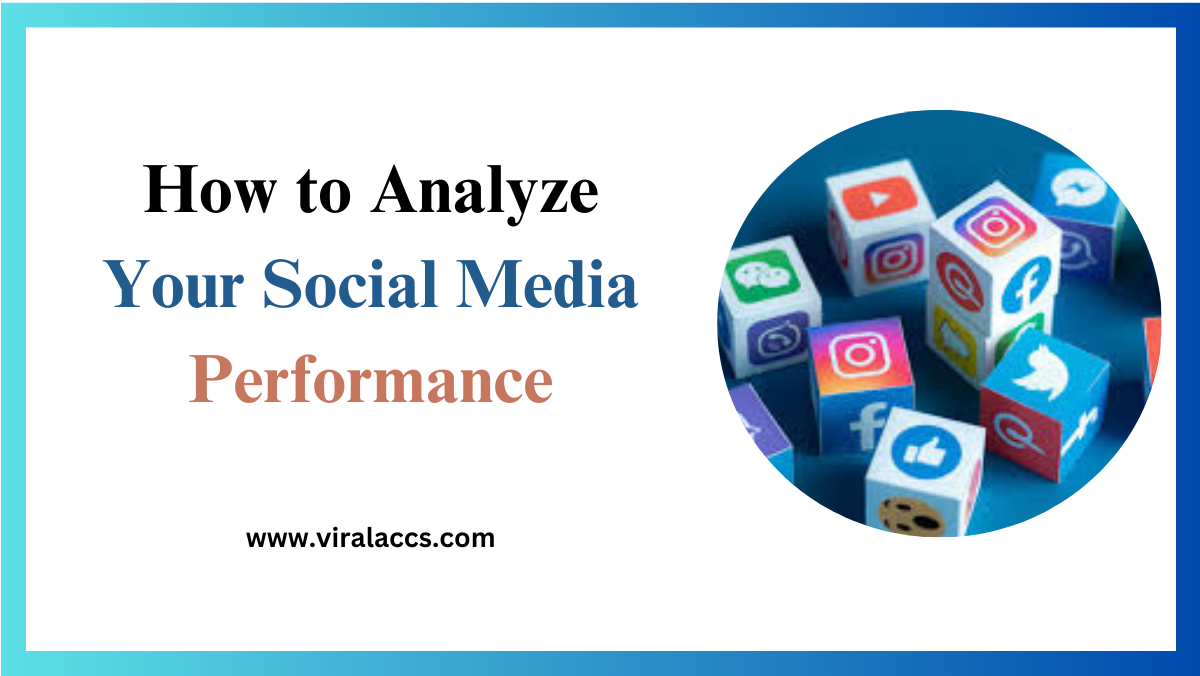In today’s digital landscape, social media is more than just a buzzword—it’s a crucial component of any successful marketing strategy. However, how can you tell if your efforts are having the desired effect? Enter social media performance analytics. With the right tools and metrics, you can transform raw data into actionable insights that drive your strategy forward.
In this comprehensive guide, we’ll walk you through everything you need to know about analyzing your social media performance. From understanding the importance of analytics to making data-driven decisions, you’ll be well-equipped to take your social media performance game to the next level.
Importance of Analytics
Why should you bother with social media performance analytics? Simply put, without analytics, you’re flying blind. Analytics provide the data you need to measure the effectiveness of your social media performance campaigns, understand your audience, and optimize your strategy for better results.
Analytics provide priceless information that enables you to distinguish between what works and what doesn’t. With this knowledge, you can focus on tactics that increase engagement and conversion rates and manage resources more wisely. Without this data, you could be wasting time and money on ineffective tactics.
Additionally, analytics can help you identify trends and patterns over time. This long-term view allows you to make adjustments based on what’s proven to work, thereby increasing your chances of sustained success.
Key Metrics to Track

To effectively analyze your social media performance, you need to focus on specific metrics that align with your goals. The following are some crucial parameters to monitor:
- Engagement Rate
The level of interaction your audience has with your material is gauged by engagement rate. A high level of engagement suggests that your audience is connecting with your material. To measure this, look at the likes, shares, comments, and other forms of engagement.
- Reach and Impressions
While impressions show the total number of times your content was displayed, reach shows you how many unique users have viewed your material. Both metrics help you understand the visibility of your posts.
- Click-Through Rate (CTR)
Your post’s CTR indicates how frequently readers click on a link. Driving traffic to your website or landing pages requires that consumers take action, and a high CTR shows that your content does just that.
- Conversion Rate
Conversion rate tracks how many users complete a desired action, such as signing up for a newsletter or making a purchase, after interacting with your social media performance content. This metric is essential for measuring the ROI of your social media performance efforts.
- Follower Growth
While it’s not all about the numbers, tracking your follower growth can provide insights into how well your brand is growing on social media. A steady increase in followers suggests that your content is attracting new audience members.
Tools for Analysis
To make sense of all these metrics, you’ll need the right tools. Here are some popular options for social media analytics:
- Google Analytics
Google Analytics is a versatile tool that can track traffic from social media to your website. It provides in-depth insights into user behavior, helping you understand how social media impacts your overall web performance.
- Hootsuite Analytics
Hootsuite offers comprehensive analytics tools that allow you to track performance across multiple social media platforms. With customizable reports and real-time data, you can easily monitor and adjust your strategy.
- Sprout Social
Sprout Social provides robust analytics and reporting features, making it easy to measure performance and gain insights into audience demographics and engagement.
- Buffer
Buffer’s analytics tools help you track key metrics and visualize data trends. It also offers recommendations for improving your social media strategy based on your performance data.
- native platform Analytics
The majority of social media sites include analytics tools of their own. For example, Facebook Insights, Twitter Analytics, and Instagram Insights provide detailed metrics specific to each platform. Utilizing these native tools can give you a deeper understanding of your performance on individual platforms.
Interpreting Data
Gathering data is just the first step. To truly benefit from analytics, you need to interpret the data accurately. Here are some tips for making sense of your social media metrics:
- Identify Trends
Look for patterns in your data over time. For example, you might notice that posts made on certain days or times perform better. You can maximize interaction with your posting schedule by identifying these trends.
- Compare Metrics
Don’t look at metrics in isolation. To have a comprehensive understanding of your performance, compare various indicators. For example, if your reach is high but engagement is low, it might indicate that your content isn’t resonating with your audience.
- Context Matters
Always consider the context when interpreting data. For example, a spike in engagement might be due to a special promotion or event. You can make better decisions if you are aware of the background.
- Set Benchmarks
Establish benchmarks based on your past performance to measure progress. This allows you to set realistic goals and track your improvement over time.
Making Data-Driven Decisions
Once you’ve gathered and interpreted your data, it’s time to take action. Data-driven decisions can significantly improve your social media strategy. Here’s how:
- Optimize Content
Use your insights to refine your content strategy. For example, if you find that videos perform better than images, consider incorporating more video content into your posts.
- Adjust Posting Schedule
Based on your engagement and reach metrics, adjust your posting schedule to times when your audience is most active. This can help increase visibility and interaction.
- Targeted Campaigns
Utilize your data to run targeted campaigns. For example, if you notice that a particular demographic engages more with your content, consider tailoring posts to appeal specifically to that audience.
- Monitor and Iterate
Social media is constantly evolving, so it’s essential to continuously monitor your performance and make adjustments as needed. To make sure your plan is still working, periodically examine your analytics.
- Collaborate with Influencers
If your data shows that influencer collaborations drive high engagement and conversions, consider partnering with influencers who align with your brand values and audience.
Conclusion
Analyzing your social media performance is not just a one-time task; it’s an ongoing process that can significantly impact your marketing success. By understanding the importance of analytics, tracking key metrics, using the right tools, interpreting data accurately, and making data-driven decisions, you can optimize your social media strategy for better results.
Ready to take your social media game to the next level? Start by implementing these tips and watch your engagement, reach, and conversions soar. Remember, the key to success lies in continuous learning and adaptation.
For more insights and personalized advice, don’t hesitate to reach out to our team. We’re here to help you master the art of social media analytics and achieve your business goals.








